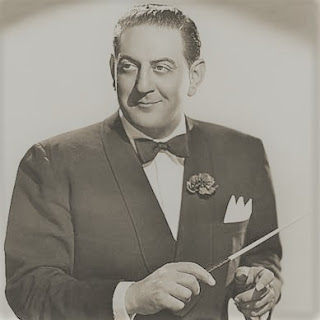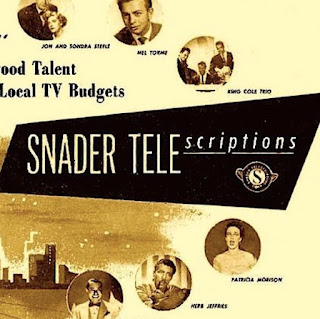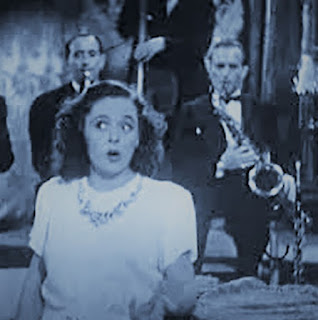Boyd Raeburn is known for his creative and complex band he led in the mid-1940's. Musicians and critics loved his work, but the public wasn't as excited simply because most of his music wasn't "danceable". Raeburn's music was more geared for the listener and not the dancer.
It's almost ironic that Raeburn went down this Progressive Jazz path like some other greats of the era including Woody Herman and Stan Kenton. Because Raeburn entered the scene playing in some VERY commercial, mickey-mouse style bands through the 1930's. Somewhere along the line his music matured into a much different direction.
Raeburn is most know for his band that pushed musical boundaries from 1944 to 1947. His Orchestra's arrangements would sometimes have a classical music "feel" to them and this helped attract many talented musicians to play in the band. But, like I said earlier, the general public just wasn't ready. He and the band still managed to build a very nice following that sustained him throughout his career.
Listen to: Tonsillectomy by Boyd Raeburn
In 1946, Raeburn married the band's beautiful vocalist Ginny Powell. She had also provided some great vocals for Harry James and Gene Krupa through the years. The couple left the music scene by the mid-1950's and remained married until Powell's death in 1959. Raeburn moved on to run a furniture store in New Orleans and passed away in 1966 of a heart attack.
Raeburn's music should never be overlooked and you can hear many of his tracks right here on Swing City Radio.
Remember: If you would like access to Bonus Content and Podcast Extras then join our Patreon and become a Hepcat. It's a great way to support the station.
Check it out at: SupportSwing.com













